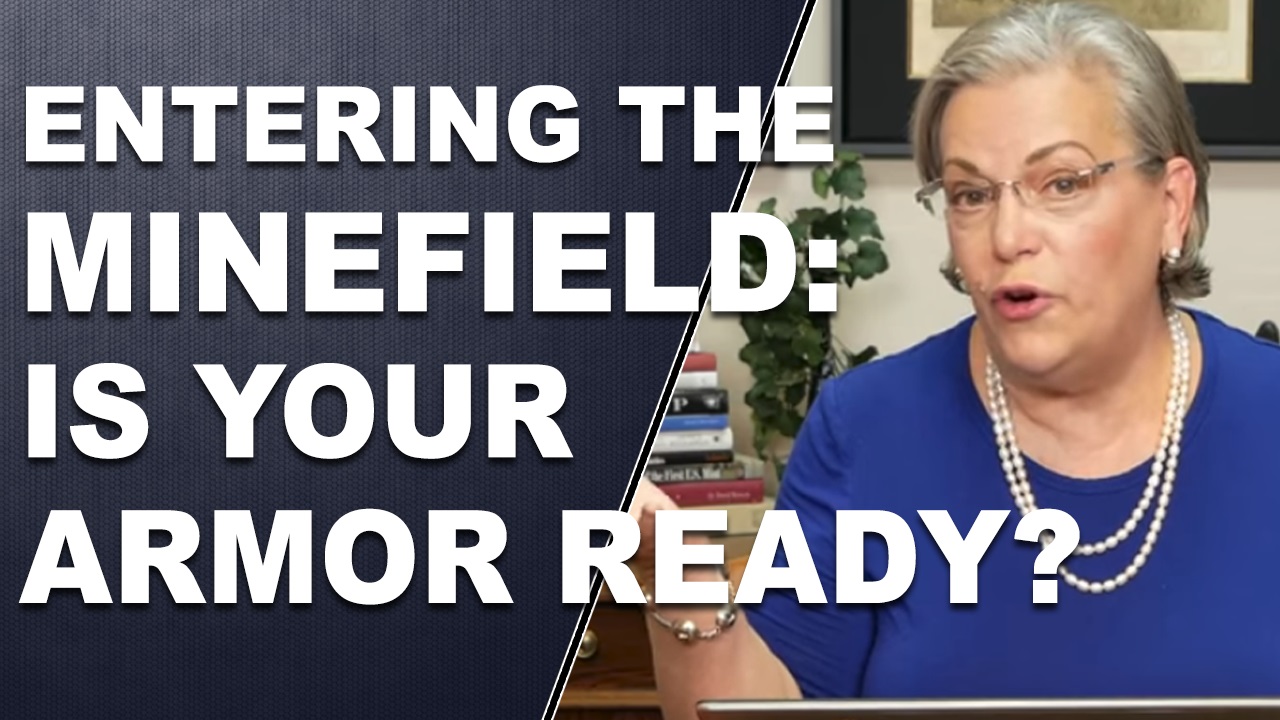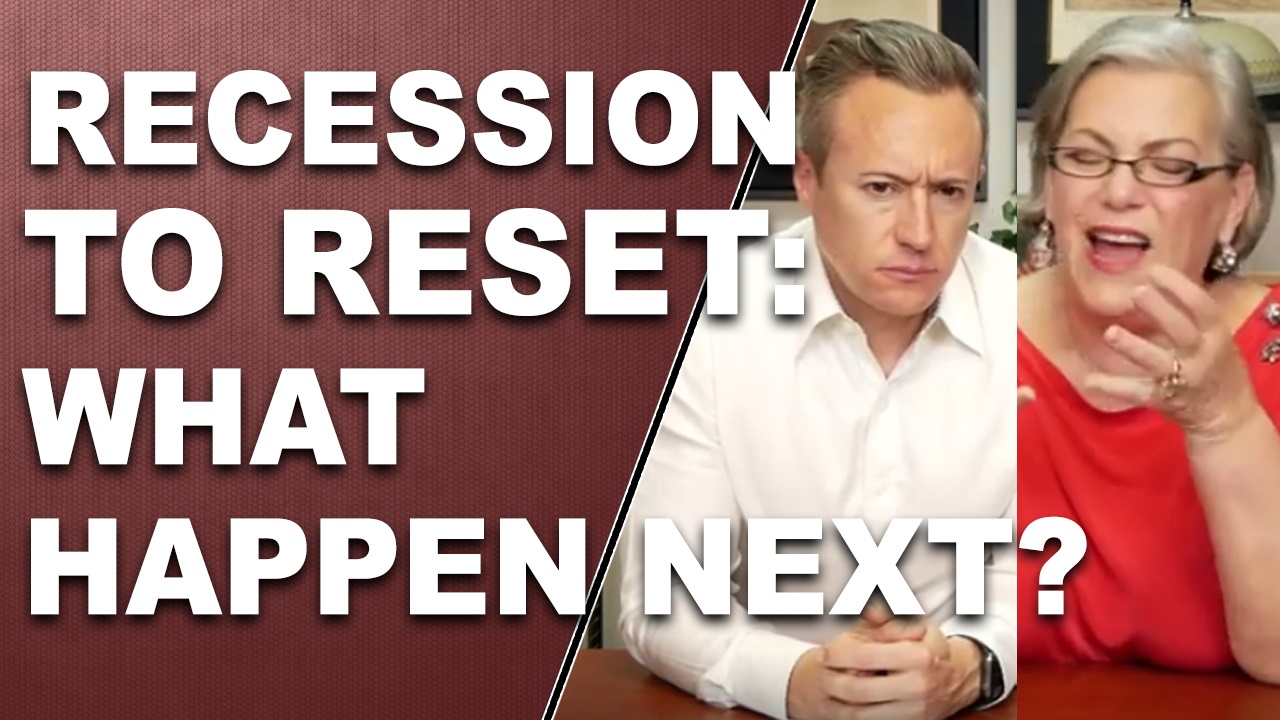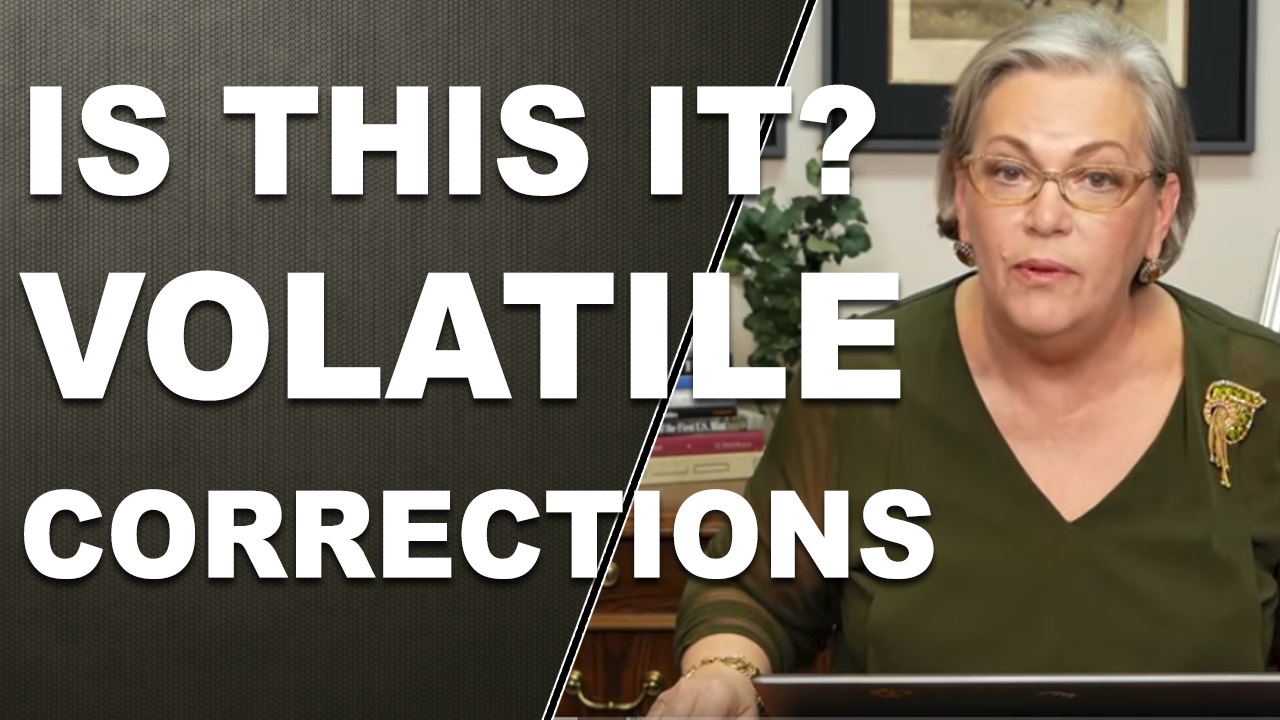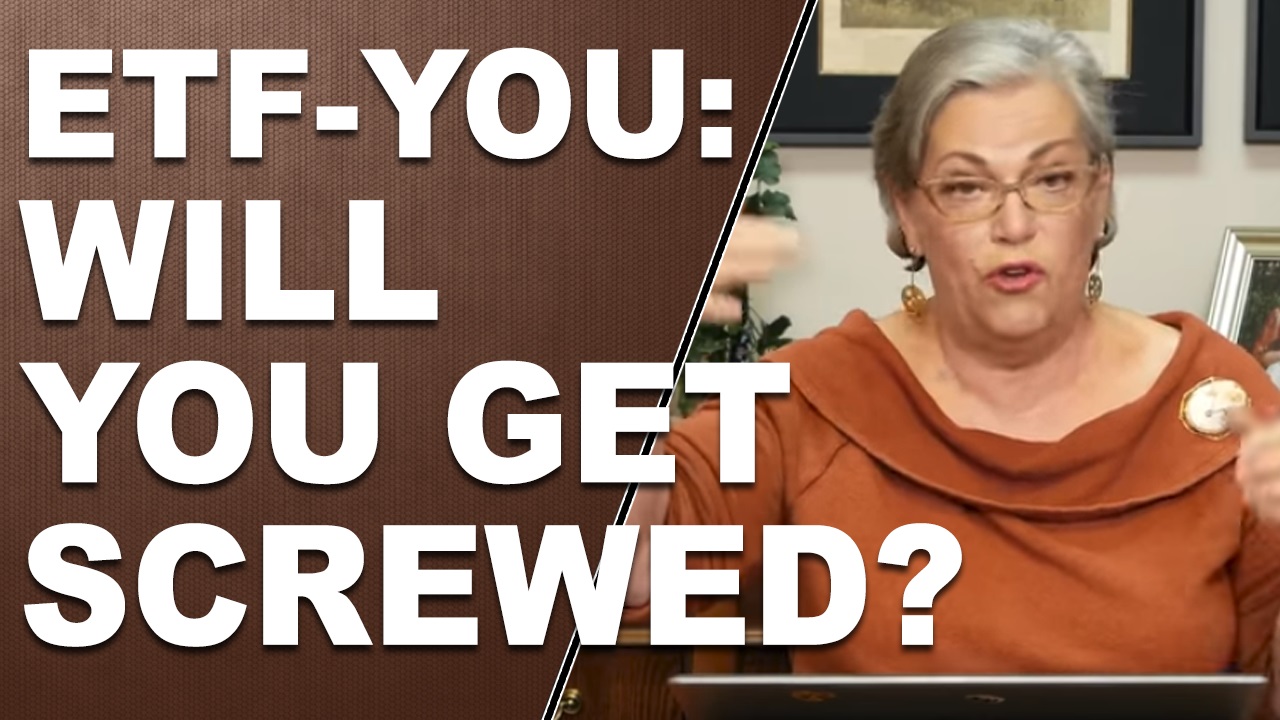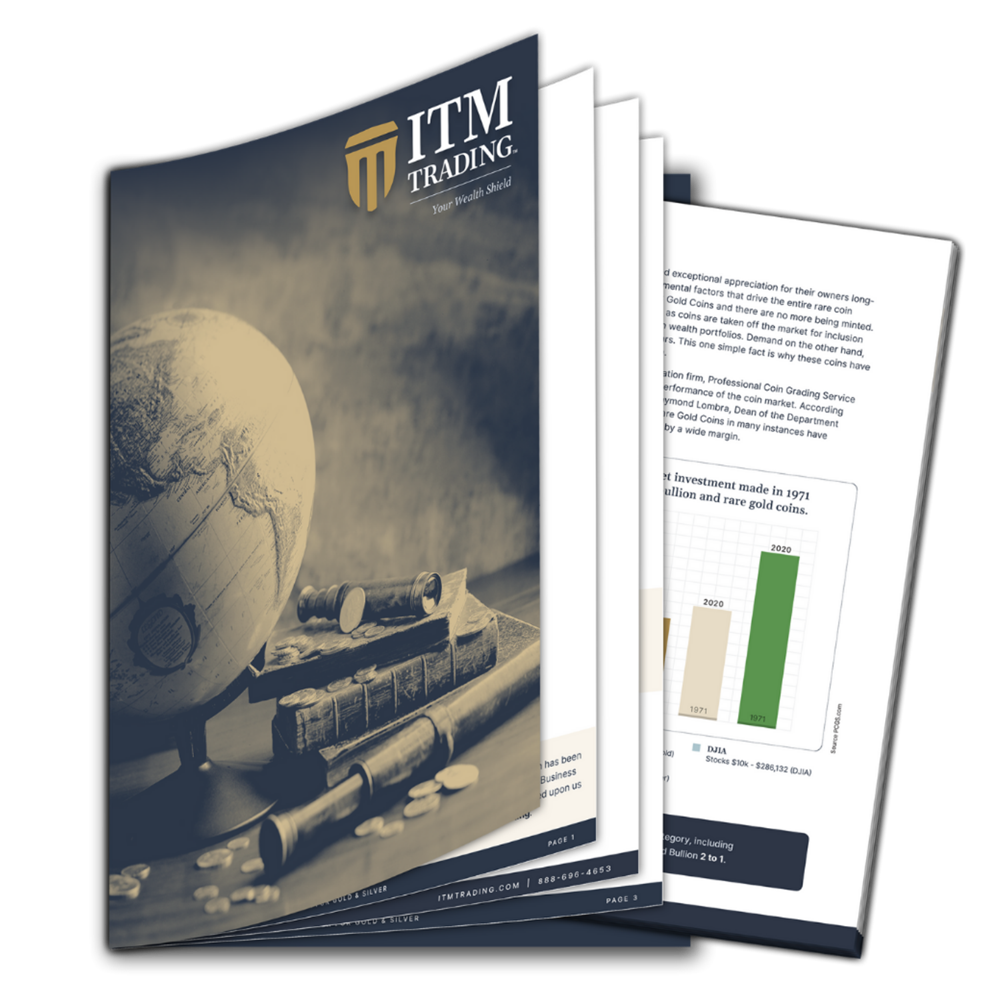Investing in Rare Gold Coins

Investing in Rare Gold Coins
In an interview with Reuters, on October 12, 2011, a commodities fund manager, Diego Parilla said, “Gold prices are expected to scale record highs next year as the asset’s bullish fundamentals trump the current macroeconomic uncertainty that led to a recent sell-off in the precious metal. Spot gold has risen by nearly 17% so far this year, having hit a record USD 1,920.20 an ounce in early September before diving by over USD 300. It has since rallied to trade at around USD 1,670. Apart from central bank buying, gold prices are also supported by the sovereign debt crisis in Europe, a weak dollar and the Swiss franc’s diminishing attractiveness as a safe haven after the government capped the currency’s rise.”
But, before investors rush to diversify their investment portfolios with gold, they must strive to understand the gold market intricately. Although purchasing physical gold is touted as the most secure way of indulging in such trade, there are many intricacies that need much assessment. The most popular way of investing is buying gold coins. A variety of bullion gold coins and rare gold coins are available for purchase, depending on the trader’s intent of asset protection or growth.
Some Important Considerations regarding Rare Gold Coins
Rare gold coins have price mark ups above and beyond their weight and pure gold content. Also, collectors are willing to pay whatever it takes to add certain coins to their collections. The most expensive rare gold coin to be auctioned in history, still continues to be the 1933 Gold Double Eagle coin, designed by Augustus Saint-Gaudens which sold for over $7.5 million in 2002. The evaluation of the value of gold coin is subject to many subjective values such as rarity, historical significance, grading and the present condition of the coin. Trade in rare gold coins is about strategizing and timing, just as it is with anything else.
Information: Rather than going by hype and popularity of the rare gold coins, an intelligent buyer should be able to make an informed decision based on knowledge about the individuality of the coin. The rarity, condition and historical significance of the coin make it a collectible. To safeguard from price moves that lead to overvaluation or undervaluation of the rare coins, make sure you gain all possible information on them. Some coins in fact, are purchased at a mark up because they carry with them literature that is an assurance of their authenticity (graded by PCGS or NGC).
Value Depreciation or Appreciation: According to the supply and demand of rare gold coins, at any given point of time they can suffer from depreciation or gain from appreciation of their values. One would tend to think that they should only appreciate with age, but as the popularity and demand for rare coins decreases or they suffer wear and tear over time, it leads to a depreciated value as well. At most times, however, trading in rare gold coins is essentially about finding the coin at the right time.
Insurance: It is always advisable to get such high value items insured. A separate policy could cover it or it could be taken under the purview of a home owner’s insurance policy along with other valuables. The ANA (American Numismatic Association) also offers insurance policies specific to rare coins.
Tax: While filing tax returns, rare coins are categorized as ‘capital assets’ under the IRC section 1221 and any gains or losses incurred during trading such coins are filed on form 1040 under Schedule D.
Consult an expert at ITM Trading before acquiring rare gold coins for in depthy knowledge and insights into the trade so that you are able to make wise decisions under their guidance.

